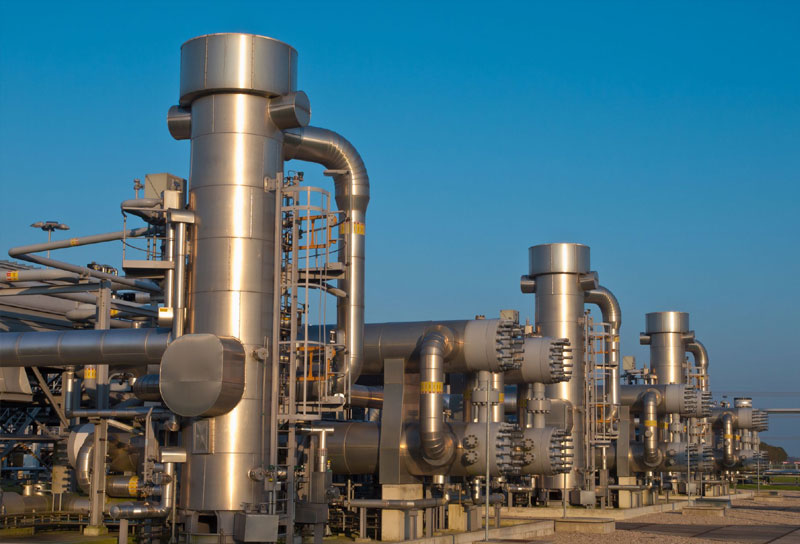
As its name implies, the midstream oil and gas segment encompasses facilities and processes that sit between the upstream and downstream oil and gas segments.
Activities can include processing, storage and transportation of crude oil and natural gas.
In most cases, oil and gas reserves are not located in the same geographic location as refining assets and major consumption regions.
Transportation is a big part of midstream activities and can include using pipelines, trucking fleets, tanker ships, and rail cars.
Characteristics of the Midstream Segment
The midstream oil and gas segment is separated from upstream and downstream in most oil companies because it is considered a low risk, regulated type of business. It does not fit the risk profile or asset complexity of the other segments of the oil and gas industry.
Oil and Gas Processing – Next Step in Adding Value
Processing oil and gas liquids into marketable products is the beginning of the midstream segment of the business. These products then continue into the refining processing portion of the downstream segment.
Field processing is the first phase of oil and gas processing starting in the onshore or offshore oil or gas production field.
Here, surface facilities are designed and installed that:
Measure the production rate of the oil, gas, and water that is produced from the reservoir
Separate the oil, gas, and water from one another
Remove impurities to prepare the crude or gas for sale or the next process
Temporarily store the crude or gas until it is ready to be moved to the next process
Fractionation plants, which remove natural gas liquids (NGL) from the produced oil and gas are also a component of the midstream activities. These NGLs are used as blend components in a refinery and used as fuel or feedstock in the manufacture of petrochemicals.
Copyright ©2022 Designed By Emergine Technologies